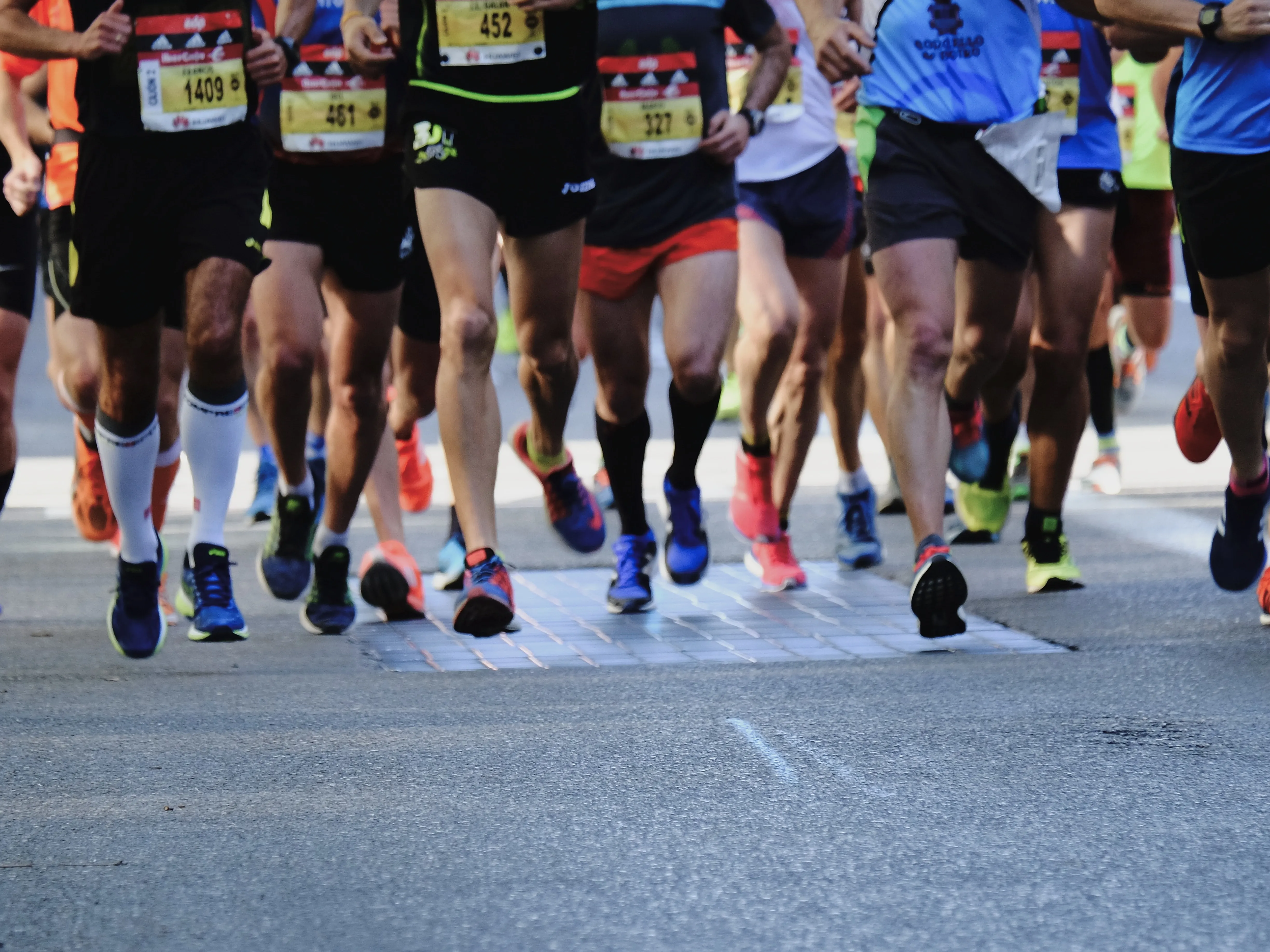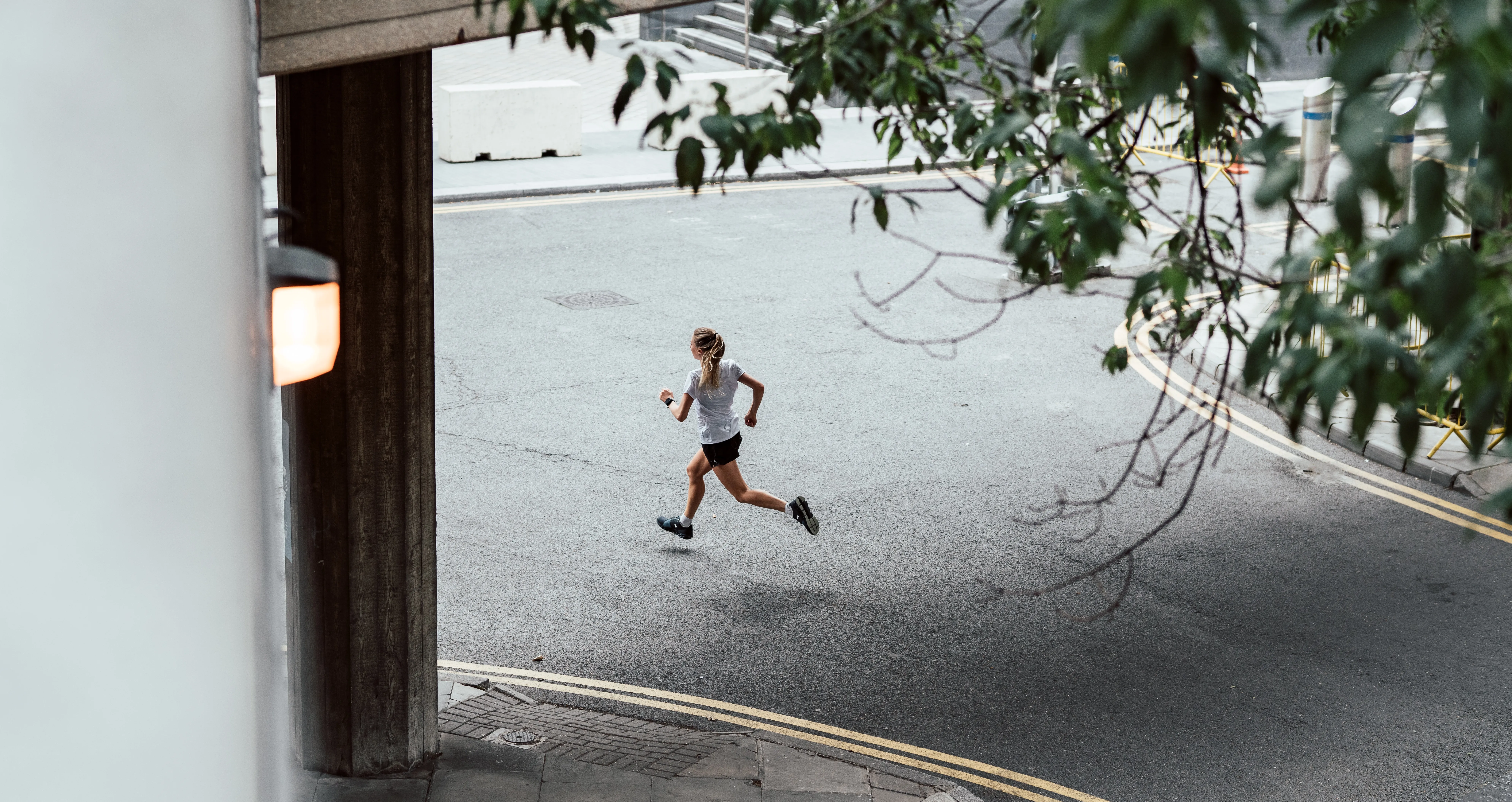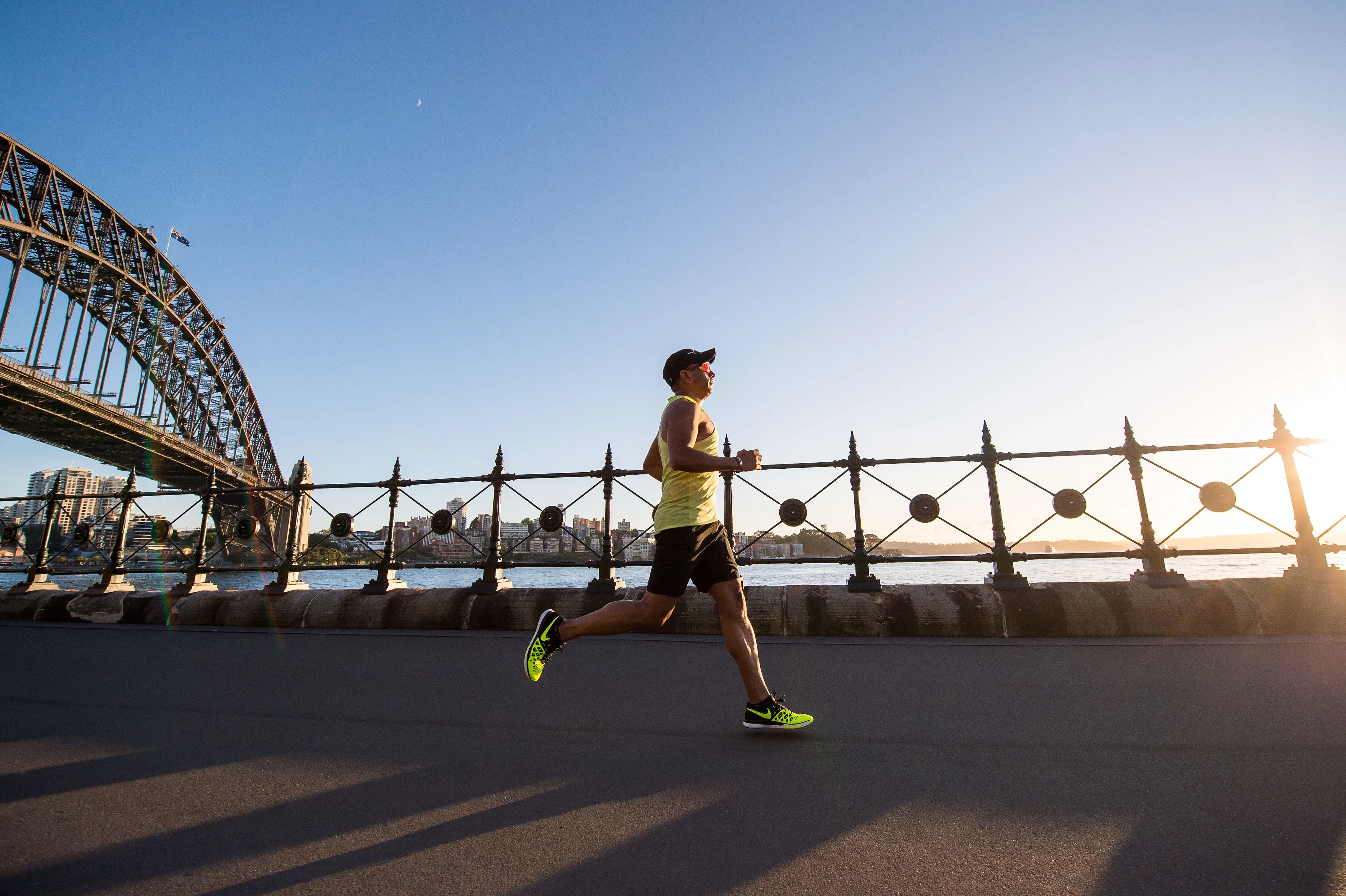
Running is a demanding physical activity that can test your endurance and strength. It provides a great cardiovascular workout, improves metabolism, and boosts one’s mood, among other benefits. But remember, every intense run should be followed by a well-planned recovery routine to minimize muscle soreness, replenish energy reserves, and prevent injuries.
In this post, we will dive into some essential post-run routines that will help you optimize your recovery process.
Hydration and Nutrition

After a long run, it’s important to hydrate your body and replenish the nutrients lost during exercise. Drinking water is crucial, but a sports drink containing electrolytes can be more beneficial in restoring the salts eliminated through sweat.
In terms of nutrition, it’s recommended to consume a meal or snack with a high glycemic index within 30 minutes of finishing your run. This will kickstart your recovery by refilling your glycogen stores. Consider fueling with carbohydrates and proteins. Proteins help in muscle repair, while carbohydrates provide energy.
Stretching and Foam Rolling
Contrary to what you might think, your run isn’t over when you stop moving. Stretching and foam rolling are essential parts of a post-run routine that should not be neglected.
Stretching post-run can help rid your muscles of lactic acid, which builds up during strenuous exercise, and helps increase your overall flexibility. Foam rolling, also called self-myofascial release, is another crucial practice for runners as it breaks up tight knots in the muscles and increases blood flow to the areas worked on.
Rest and Recovery
Lastly, rest is as important as the training itself. Without adequate recovery time, the impact from running can negatively affect your joints and muscles, leading to potential injuries.
If you’re feeling especially sore after a long run, consider employing methods such as therapeutic ice baths or using compression clothing to speed up recovery. Also, keep in mind that quality sleep is a key component of good recovery.
Active Recovery

Active recovery involves performing light exercises that aren’t too taxing on your body. It can include low-intensity activities like walking, cycling, yoga, or swimming. Active recovery promotes blood circulation without straining the muscles, allowing them to repair and build strength.
Conclusion
Every runner, regardless of their fitness level, should prioritize appropriate recovery techniques. Hydration, quality nutrition, stretching, adequate rest, and active recovery practices are crucial to reduce post-run discomfort, enhance performance, and enjoy an injury-free running journey. Always listen to your body to determine the right balance between training and recovery—because ultimately, running should be a joyful and fulfilling activity.






